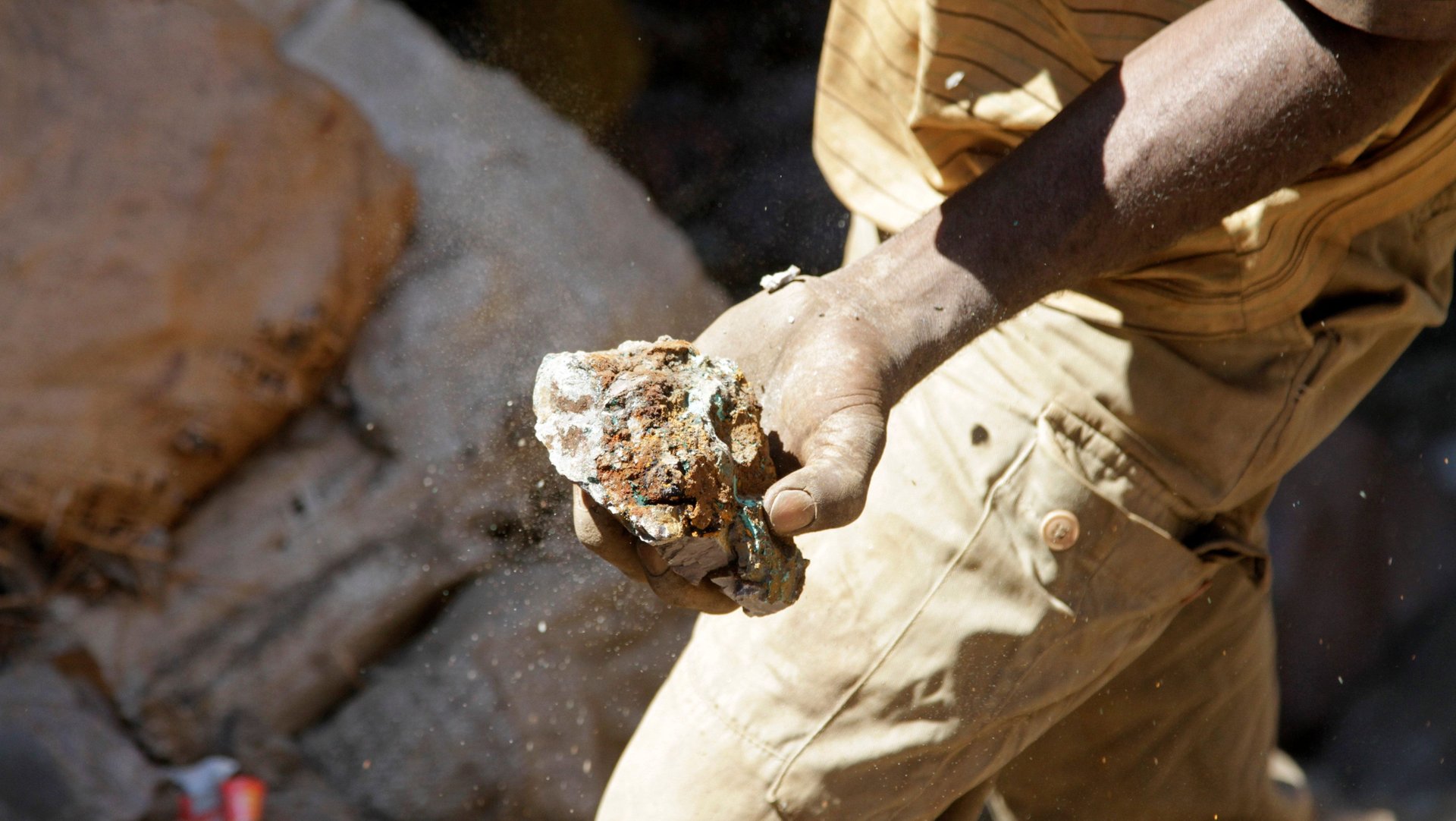How to avoid flawed minerals-for-infrastructure deals like DR Congo and China’s Sicomines pact
It was confidently billed at the time as the “deal of the century”. The Sino Congolaise des Mines (Sicomines) was the most significant Chinese investment project in Africa when it was agreed in 2007.


It was confidently billed at the time as the “deal of the century”. The Sino Congolaise des Mines (Sicomines) was the most significant Chinese investment project in Africa when it was agreed in 2007.
The infrastructure agreement gave Chinese partners mining rights to cobalt and copper in the Democratic Republic of Congo (DRC). These minerals are used in electric vehicle batteries and electronics, including smartphones and laptops. In exchange, China agreed to build much-needed infrastructure projects such as urban roads, highways and hospitals.
In addition to new infrastructure, the Sicomines deal was expected to provide a significant boost to the DRC’s economic growth. The view was that the agreed volumes of mineral production would contribute to higher levels of exports, tax revenue and inflow of US dollars.
More than a decade on, the Sicomines deal has not lived up to expectations. There have been infrastructure project delays as well as unexpected costs. There have also been problems associated with poor quality roads and infrastructure and inadequate environment and social impact studies. On the economic front, mineral exports from the DRC have indeed risen steeply. But sharp cyclical fluctuations show that the country is heavily reliant on both the Chinese market and the price of a few minerals. In addition, the Sicomines deal won exemption from taxes until infrastructure and mining loans were fully repaid. This means that the DRC will not receive any substantial income from the agreement in the foreseeable future.
The Sicomines agreement demonstrates one of the main problems with deals of this nature. It never included any guarantee of the actual value that the Congolese population would get in exchange for the country’s main source of wealth.

As we argue in a recent International Affairs article, the Sicomines deal provides lessons for other African countries. Future deals like this present an opportunity to change the model followed in Sicomines and by most Sino-African trade relations. This has, to date, essentially involved China supplying value-added manufactured goods and high-skilled workers. In exchange, African countries have agreed to export mainly primary-based resource products. And African workers are hired for unskilled, low-cost tasks.
It needn’t be this way.
Protecting the host country
The first decade of the deal shows that Chinese companies have focused their efforts on benefiting from access to valuable natural resources. But the interests of local communities have been neglected.
In addition, several of the problems affecting the building of infrastructure have arisen because quality control responsibility was assigned to the same two Chinese companies responsible for execution. These were China Railway Engineering Company and Sinohydro, a large state-owned hydropower and engineering company.
This highlights the potential trap of these deals. The level of contribution to development depends, to a great extent, on the ability of inexpert local institutions to manage complex multilateral projects.
There is a solution to this. Host countries should create committees of experts, if necessary with regional and international support. Alternatively, they could contract independent specialised consultants to guarantee that national interests are satisfied.
Instead of negotiating with a unique consortium of companies, these teams would participate in the development of a public procurement process to award the project to the most competitive bidder. Additionally, the committees would be in charge of monitoring implementation of the contract. This could include extraction works, quality of infrastructure, compliance with environmental and social standards.
Learning with pioneer initiatives
China has shown that it is ready to take risks and engage in enormous African infrastructure development projects. And that it’s prepared to do this even when western donors are not willing to allocate funds.
To some extent, China’s favourable attitude towards deals such as the Sicomines agreement is based on the same logic as the infrastructure loans received from Japan in the 1980s. These were mutually beneficial: they fostered Japan’s development and they were very lucrative for Japanese firms.
But there are many potential complications with the multi-billion dollar resource-backed credits offered by China to African countries recovering from conflict. With this in mind, African countries could take a more incremental approach. They could foster development through a process of gradual reforms, implemented through several pioneering small deals. Any new agreements should include precise objectives and financial resources to guarantee training and upskilling for workers.
In parallel, the terms of the agreement should create the conditions for the transfer of know-how in a way that helps local companies to move to higher value added activities.
African governments could take into account China’s experience. The Chinese government decided that in some strategic sectors (such as the automotive sector), foreign investors had to create a joint venture with a Chinese partner to enter the market. This strategy has contributed to the emergence of several competitive domestic firms and national champions.
Finally, as economic diversification prompts an increase in GDP per capita, additional taxes collected from extracting industries could be invested in other economic activities to promote development.
The model has the potential to enable projects that would otherwise be impossible in fragile and conflict-affected African economies. But the Sicomines deal shows that it’s necessary to address particular challenges if China’s new financing schemes are to accelerate development in Africa.
Our recent article, ‘The impact of Sicomines on development in the Democratic Republic of Congo’, was published in the March 2019 issue of Chatham House’s journal, International Affairs.
Andoni Maiza Larrarte, Professor, Department of Applied Economics I, UPV/EHU, Universidad del País Vasco / Euskal Herriko Unibertsitatea and Gloria Claudio-Quiroga, Associate Professor of Economics at Francisco de Vitoria University in Madrid., Universidad Francisco de Vitoria
This article is republished from The Conversation under a Creative Commons license. Read the original article.